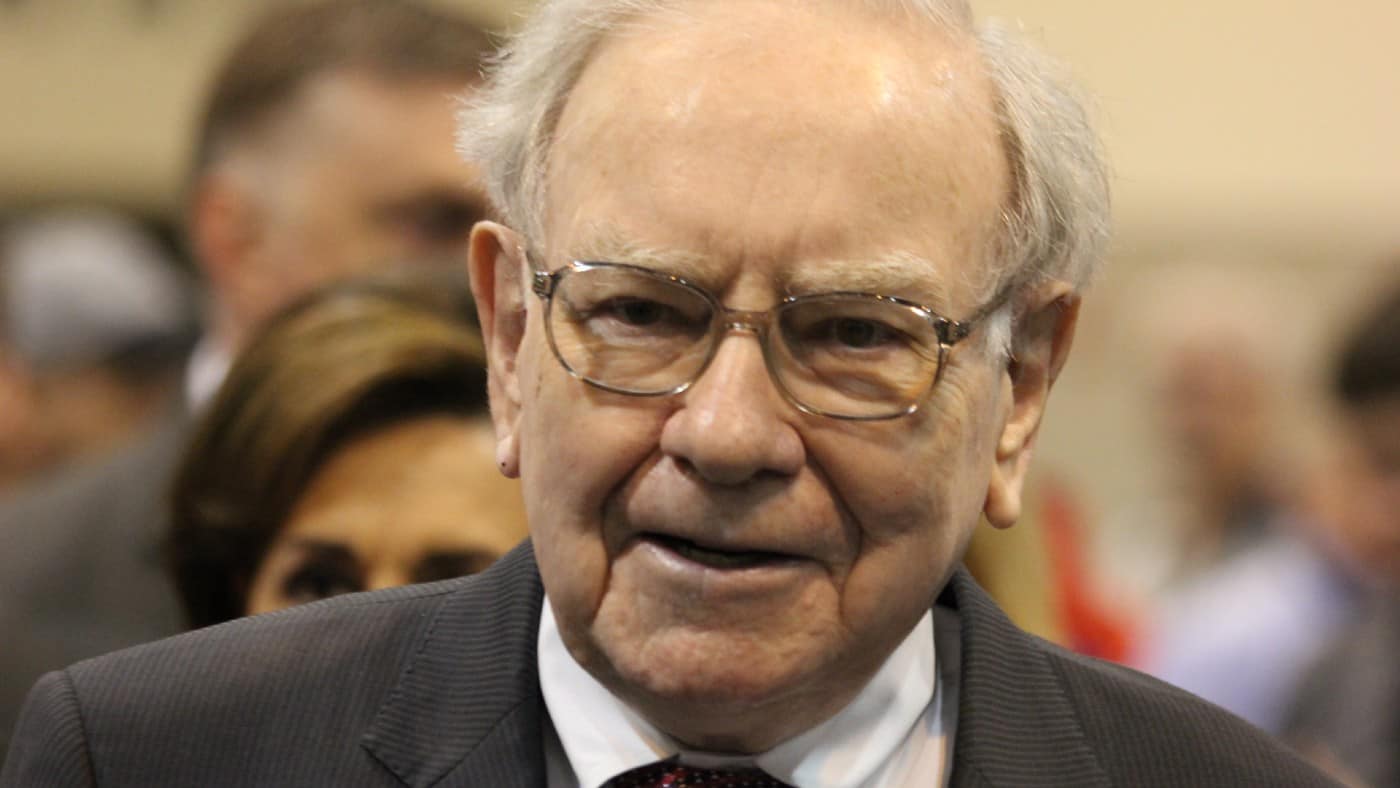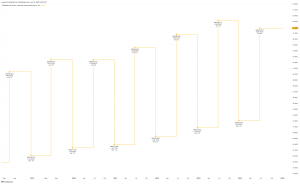Billionaire investor Warren Buffett built his wealth through a shrewd but simple approach to buying shares.
By listening to his stock market wisdom and applying some of the principles that have earned Buffett billions, I hope that I too can build wealth over time.
Understanding cheapness and value
What is cheaper – a share that costs pennies (say ITM Power) or one that costs almost a hundred pounds apiece (such as Judges Scientific)?
The fact is that without knowing more about the specific shares in question, it is impossible to answer that question.
That is because price is just price. Price is different to value. As Warren Buffett has said, price is what you pay and value is what you get.
Valuing long-term business prospects
In other words, the price of a share on its own is not enough to let me know whether it is a bargain. Rather, as investors, we need to compare what we pay for a share in a business now to what we expect it will prove to be worth over time, both in terms of its share price and any dividends received along the way.
Locking up money for years or decades has an opportunity cost though (because I might have been able to make my money work harder elsewhere) and all investments involve some level of uncertainty.
So Warren Buffett does not look for shares he thinks are priced just below what they should be worth. Instead, he looks for great businesses with share prices he thinks are cheap even when building a margin of safety into one’s approach.
Putting this approach into action today
I have been using the Warren Buffett approach to thinking about value when it comes to finding cheap shares to buy for my own portfolio.
In the current market, I think some blue-chip British shares look much cheaper than I expect them to be worth over the long term. I am a long-term investor like Buffett, who has said that his favourite holding period for an investment is “forever”.
For example, this week drinks giant Diageo released its annual results – and the City was not impressed. Indeed, the Diageo share price has sunk 15% since the start of the year.
It now trades on a price-to-earnings ratio of 18. That may not look cheap. After all, sales volumes declined last year. So did net sales revenues. So did earnings per share – by 12%.
With a weak economy threatening demand for pricey tipples and a long-term question mark over demand for alcoholic beverages given many younger consumers’ teetotal habits, it might seem that Diageo is in a tight spot that could yet get tighter.
Why I’m buying now
But, as Buffett says, the time to be greedy is when others are fearful.
Although demand may fall in some markets, over time I expect the alcoholic beverage market to remain huge. Diageo owns a host of unique brands and production facilities giving it the sort of competitive advantage Warren Buffett calls a moat.
The Dividend Aristocrat raised its full year dividend, as it has annually for decades already. Its proven business model remains hugely profitable.
I have recently taken advantage of its falling share price to add it to my portfolio.
This post was originally published on Motley Fool







